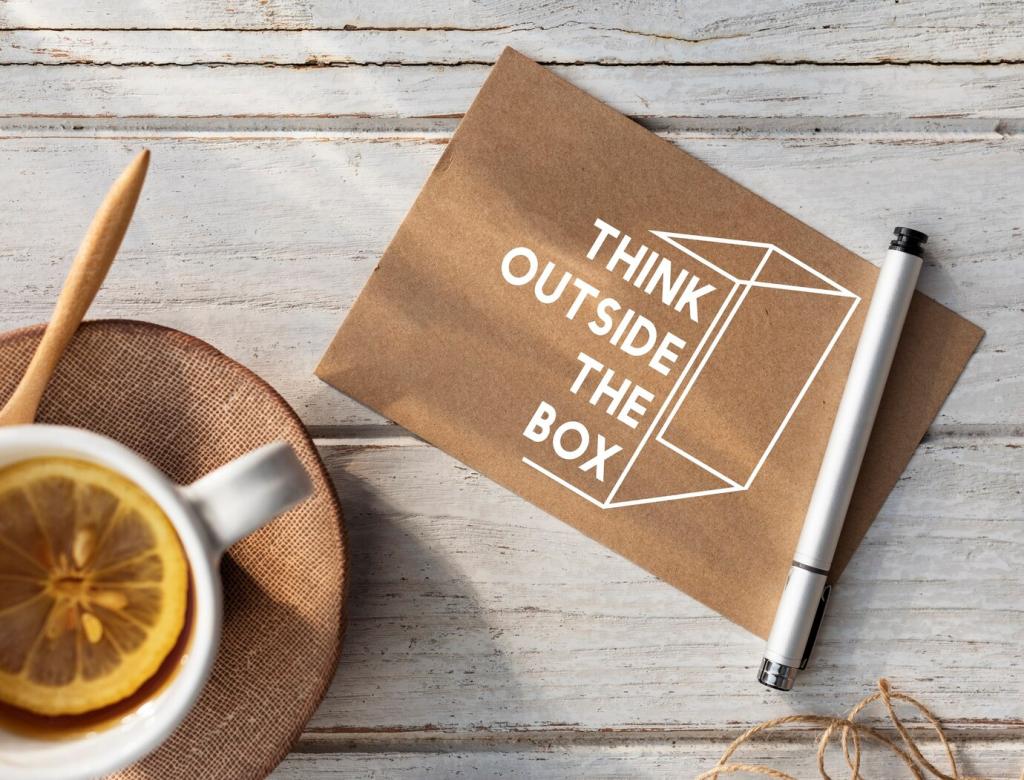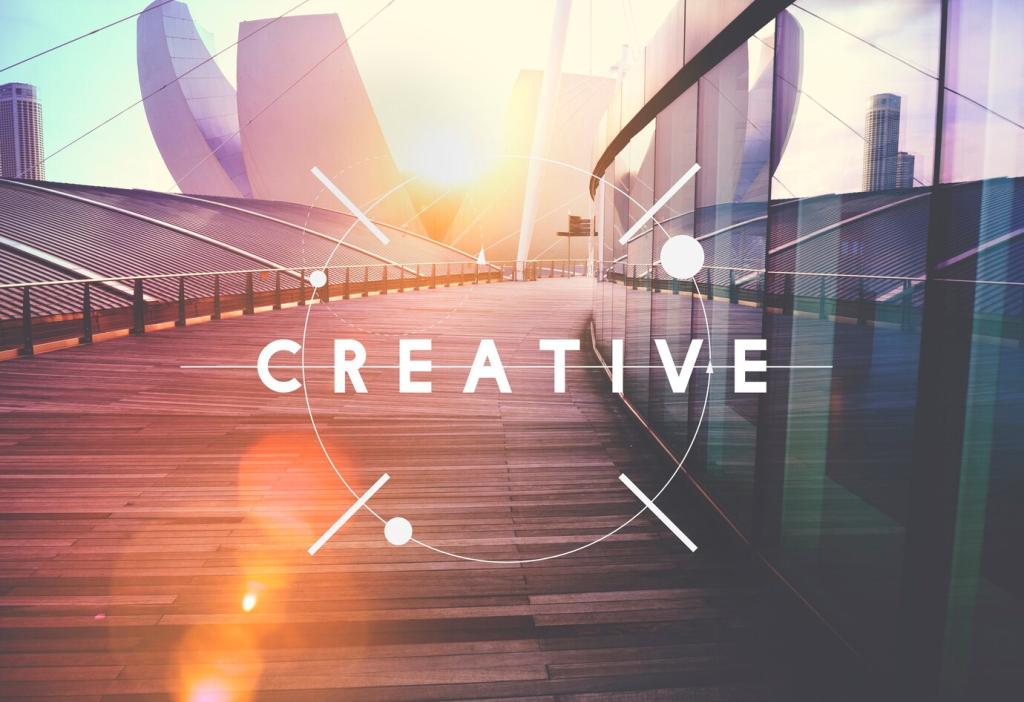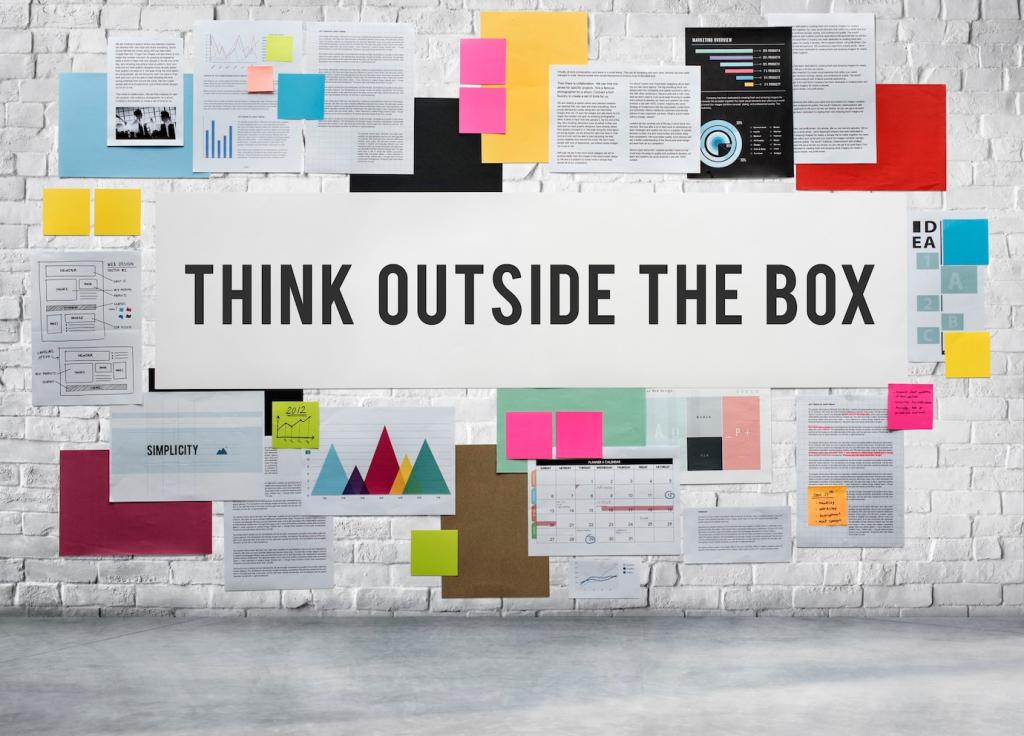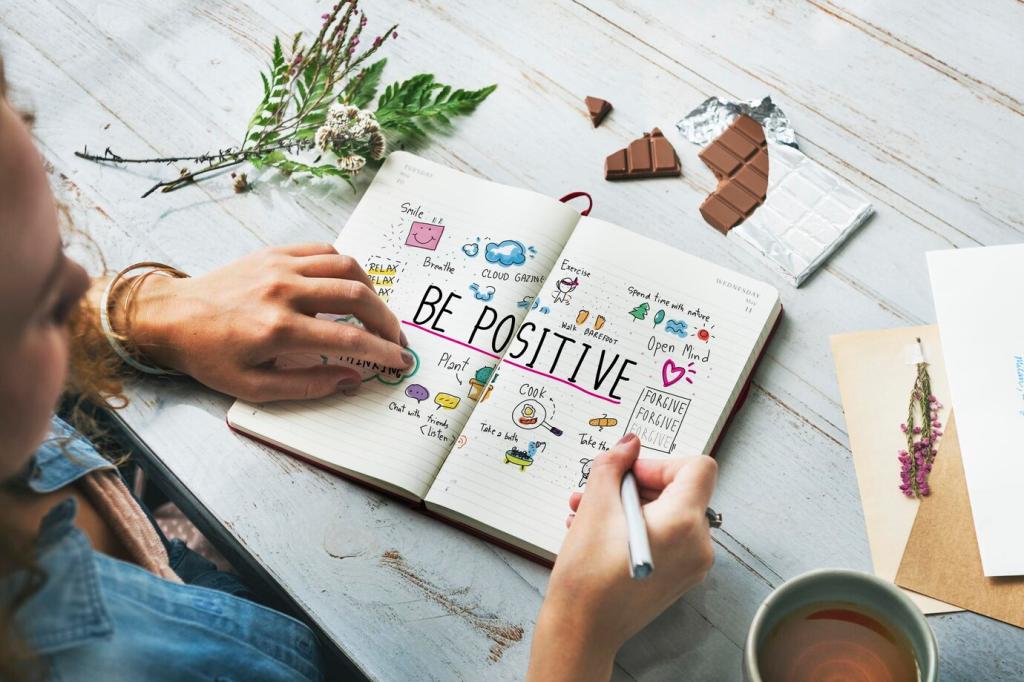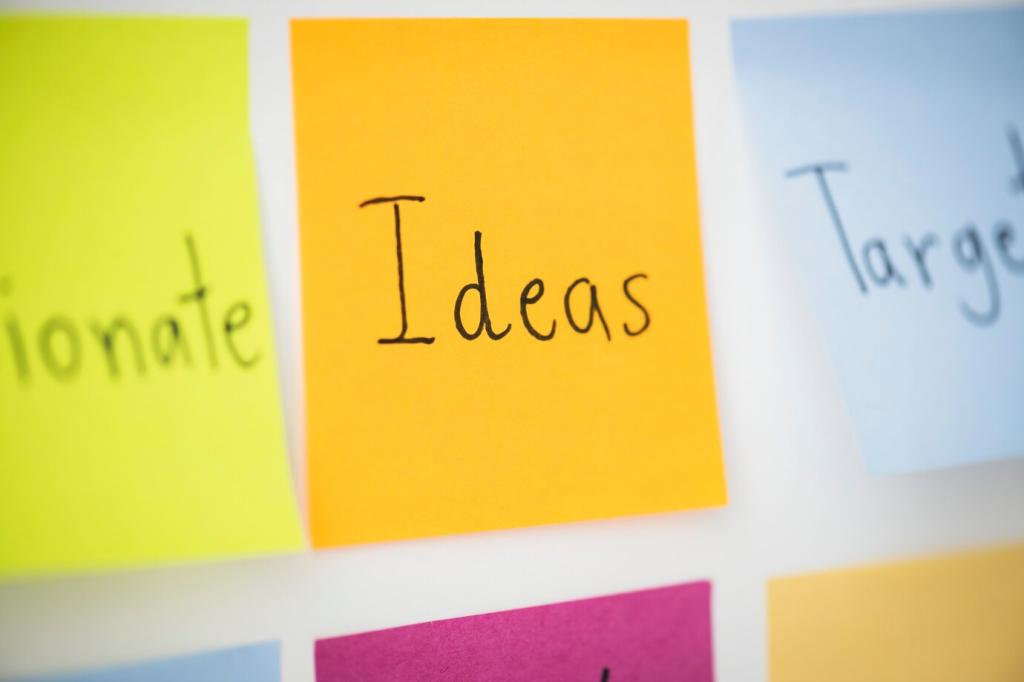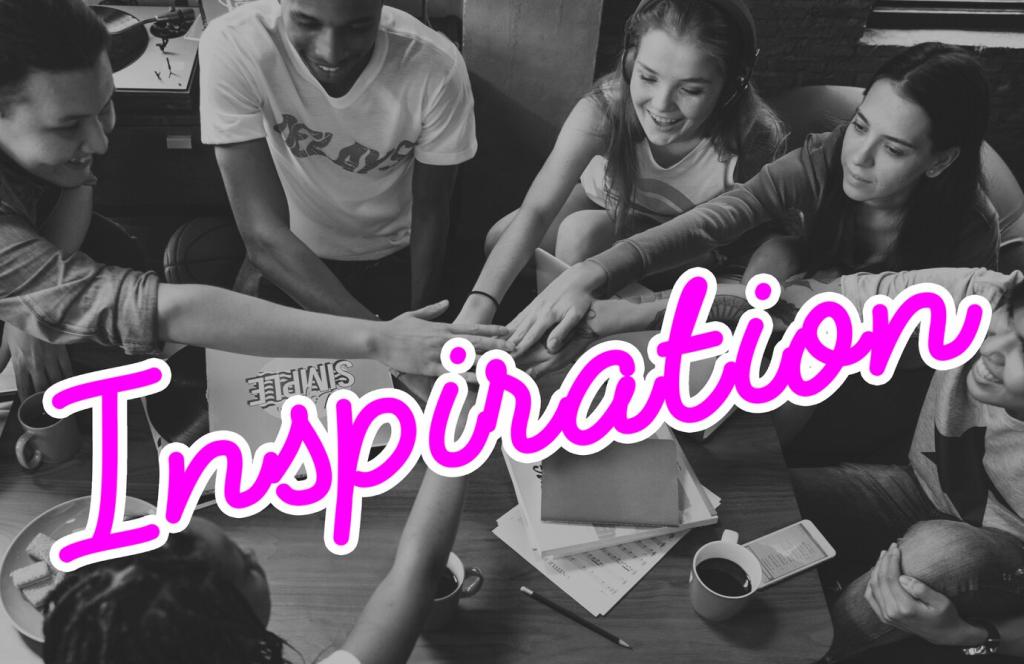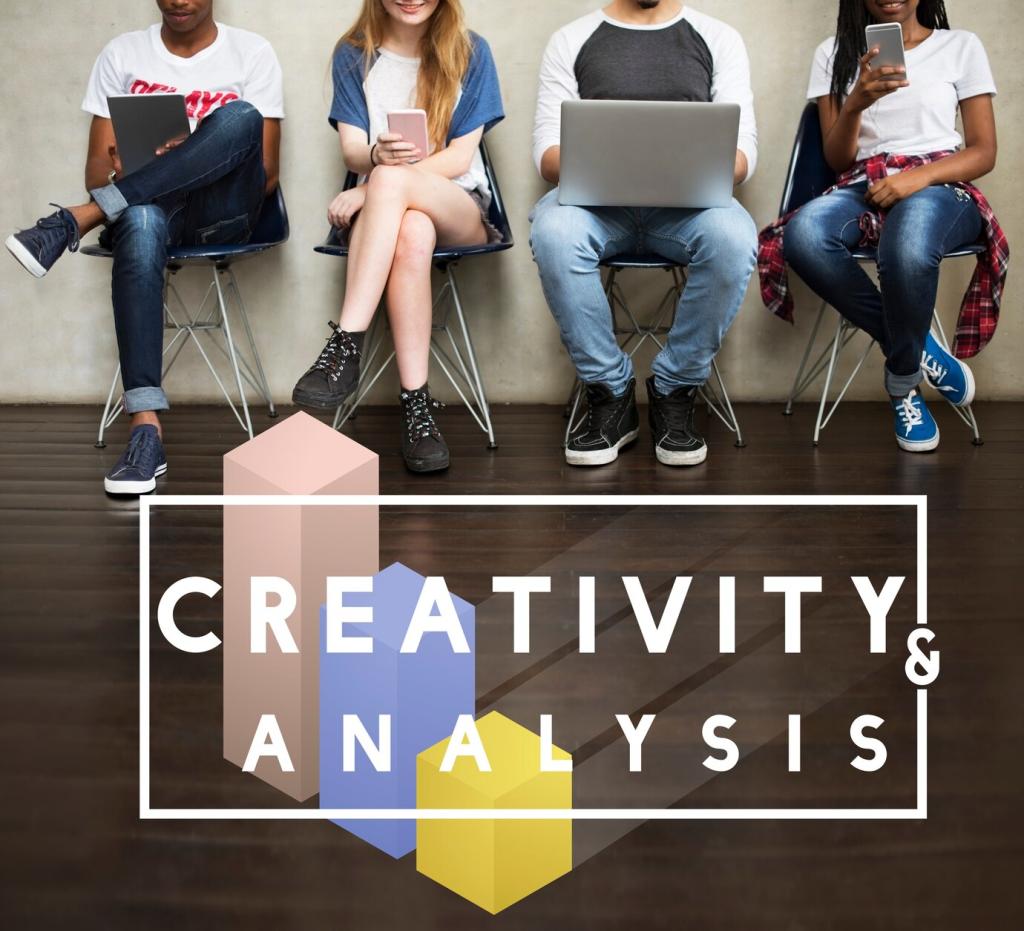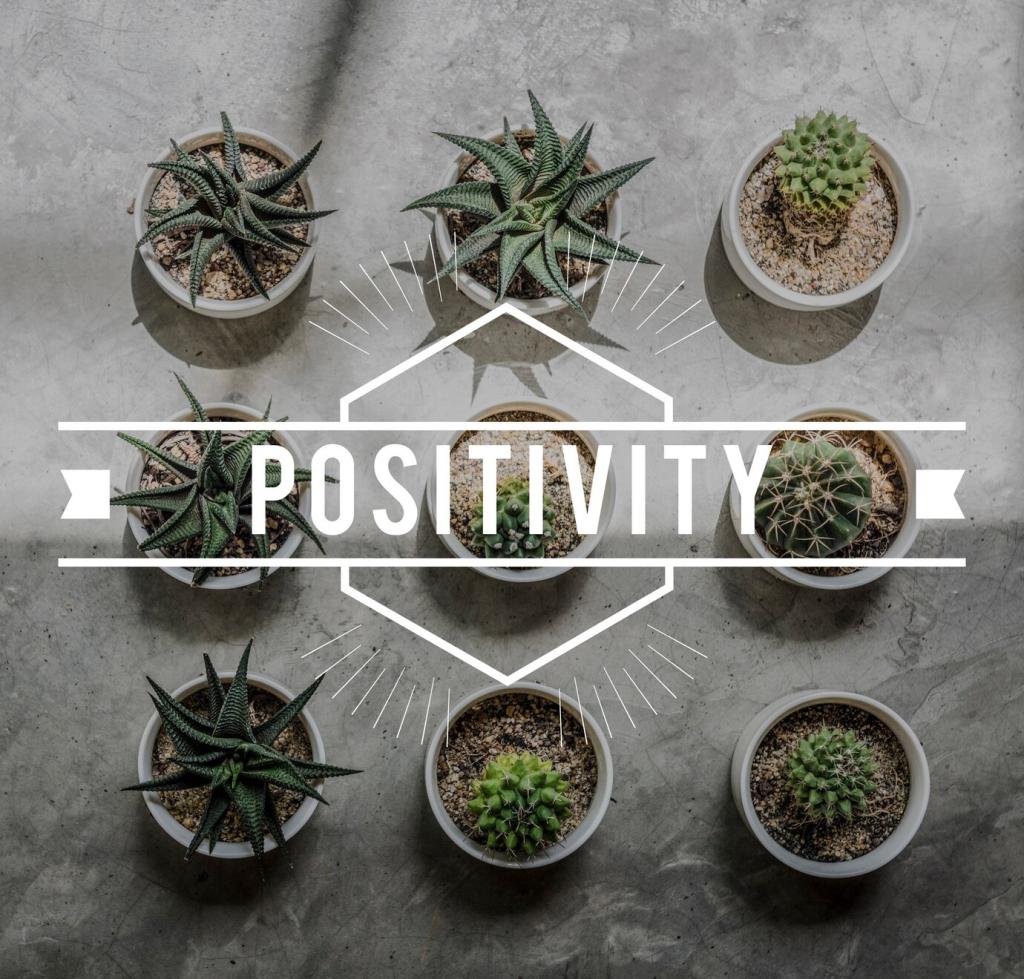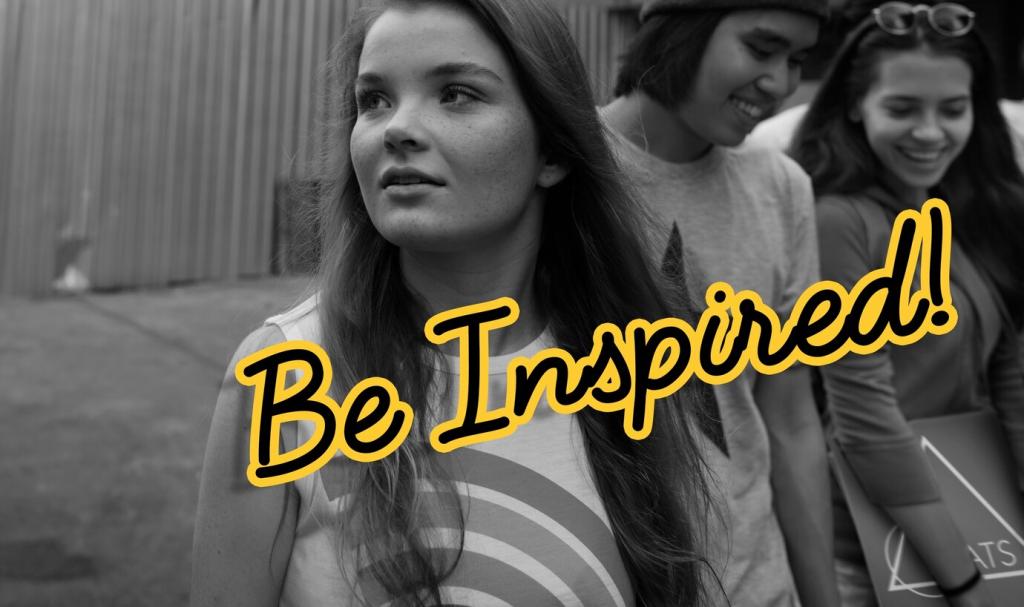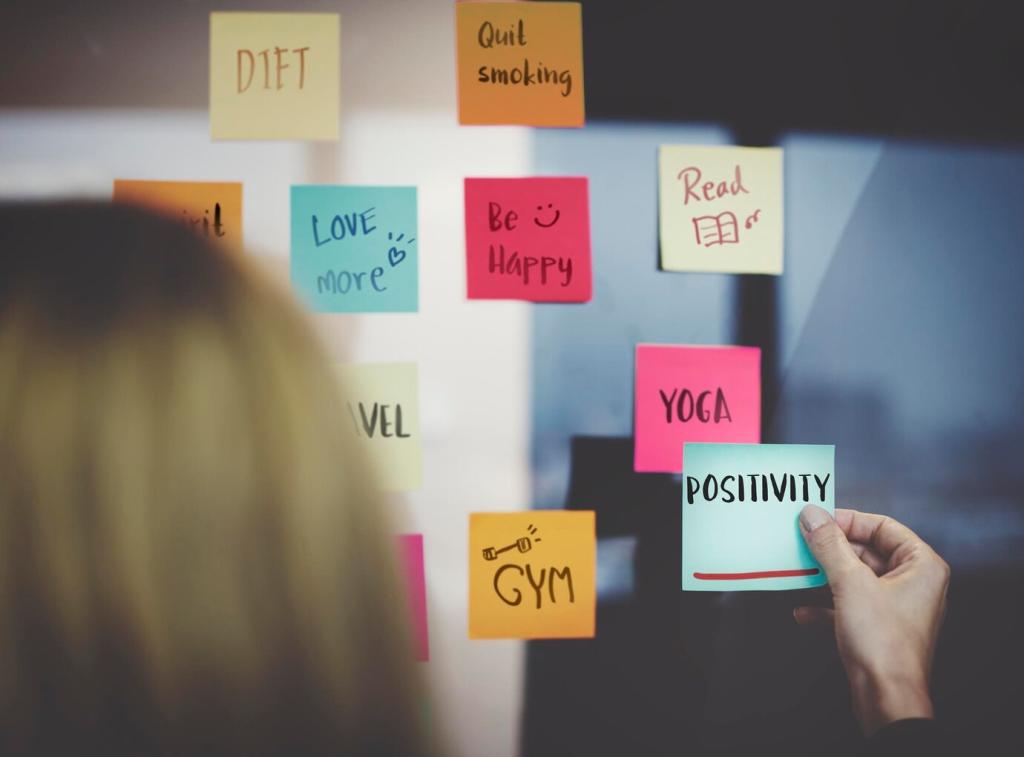Global Perspectives and Local Realities
Beadwork, weaving, and community mapping assert land rights and memory, countering colonial borders with lived geographies. These works carry ceremonies and kinship as political method. If a project helped you see territory differently, describe it; reader submissions will guide an upcoming feature on Indigenous spatial storytelling.
Global Perspectives and Local Realities
Diasporic artists braid languages, archives, and kitchen-table histories to address war, displacement, and media bias. Their installations often feel like homes rebuilt from fragments. Share a piece that clarified a conflict through diasporic perspective, and we’ll include your reflection in a collaborative reading list.

